The first contest of the Asian Universities Alliance “Embracing Asian Diversity” Photo Contest Series, “Splendor of Asian Cultural Heritage,” took place between January to May 2023. The contest was hosted by the Asian Universities Alliance (AUA) and organized by Tsinghua Shenzhen International Graduate School (Tsinghua SIGS). It is also part of the events for Shenzhen Design Week. The contest aims to highlight the splendor and diversity of the cultural heritage of Asia.
Eighty-five students from all fifteen AUA member universities submitted over 300 photographs to the contest. Their photos use the camera lens to reflect their own perspectives on cultural heritage, both intangible and tangible.
Today, we officially announce the 12 award-winning photographs as well as the six photographs with honorable mentions.
Let’s explore the splendor of Asian cultural heritage!
First Prize
The beauty of world heritage architecture
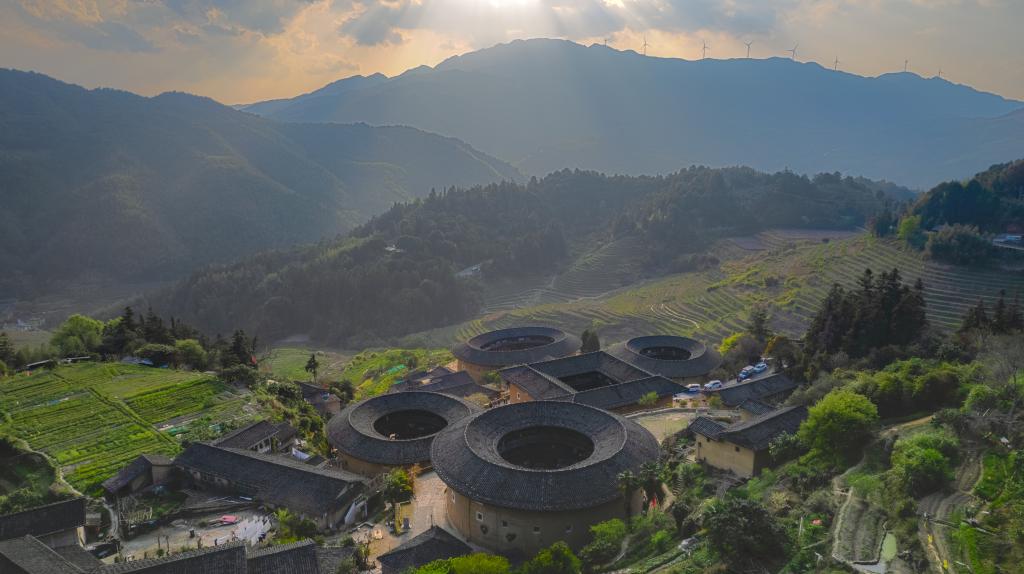
Location: Zhangzhou, Fujian, China
This photo was shot in Tianluokeng Tulou cluster, Zhangzhou, Fujian. On July 6, 2008, Fujian Tulou was officially inscribed on the World Heritage List at the 32nd World Heritage Conference held in Quebec City, Canada. The Fujian Tulou consists of 46 tulous in Yongding, Nanjing and Hua’an counties of Fujian. A tulou is a communal building with rammed earth walls. It comes in different configurations and the whole structure comprises a complete range of functional areas. Tulou is a masterpiece of Hakka culture with high aesthetic value, which has stood for over 600 years thanks to its adaptation to environmental changes. The rectangular or circular configuration represents, reflects, and recalls the Hakka culture and even traditional Chinese philosophies.
Photographer: WANG Haolin, Graduate student at Tsinghua University
“The exquisite and perfect architectural techniques and the integration of the built environment and nature all remind us that this is a rare pearl of human cultural heritage.”
First Prize
Eight parts mountain, one part water, and one part farmland
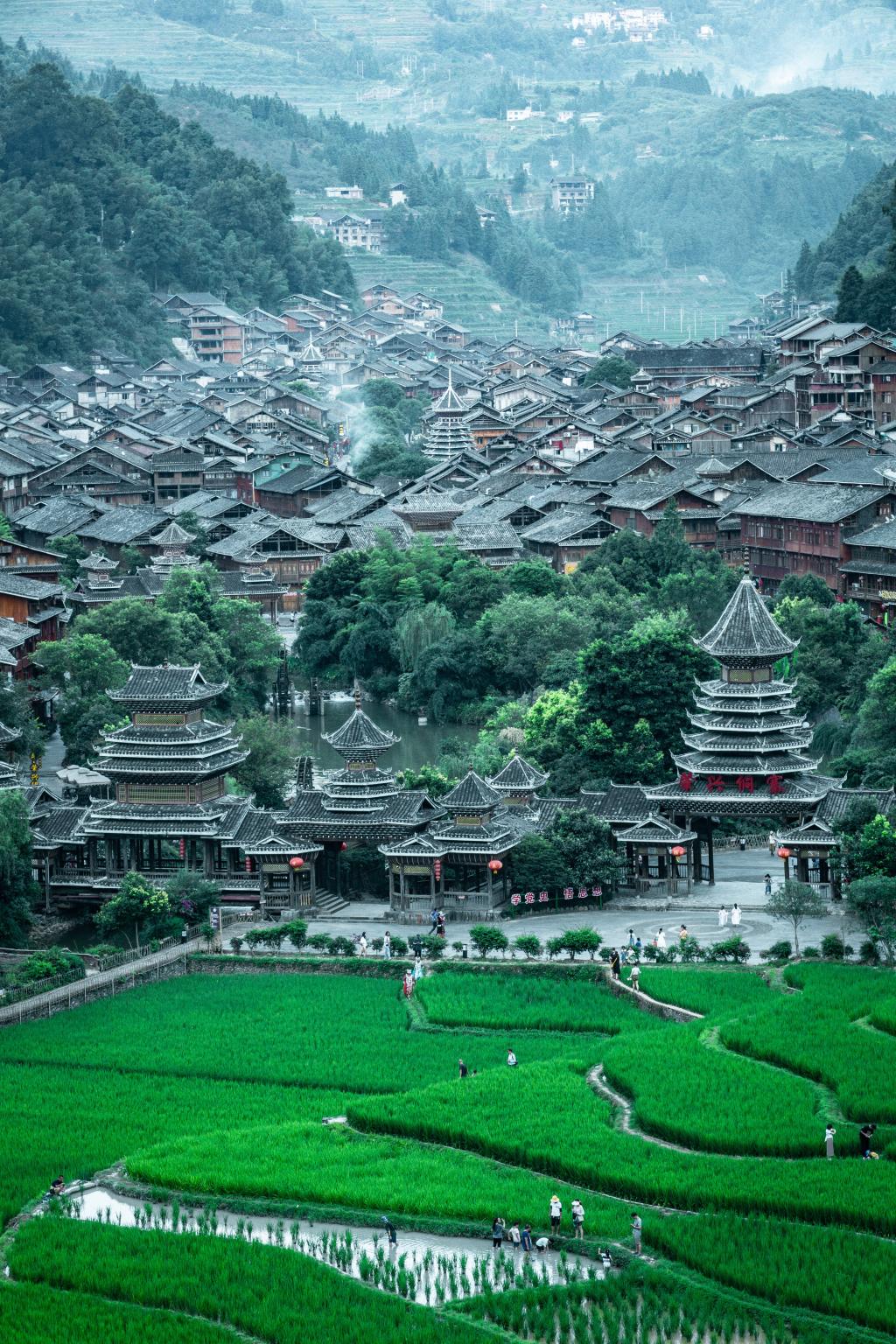
Location: Qiandongnan, Guizhou, China
This photo was taken in Zhaoxing Dong Village, Qiandongnan. The landscape of Guizhou is described by the expression “eight parts mountain, one part water, and one part farmland.” As many as 18 ethnic groups reside among numerous mountains. These diverse ethnicities and their culture as well as the rolling mountains and meandering rivers breed a unique type of civilization, of which the Dong Village is a representative. At dusk, smoke rises from the village. Drum towers, a unique architecture of the Dong minority, stand inside and outside the Dong Village, and there are people fishing in the rice fields. The harmony between humans and nature has lasted for thousands of years and will continue to be passed down.
Photographer: ZHENG Kaiyuan, Graduate student at Tsinghua University
“The harmony between humans and nature has lasted for thousands of years and will continue to be passed down. The protection of cultural heritage is very important and necessary, we must inherit this spirit from generation to generation, and there is still a long way to go.”
Second Prize
Pillar of Asia
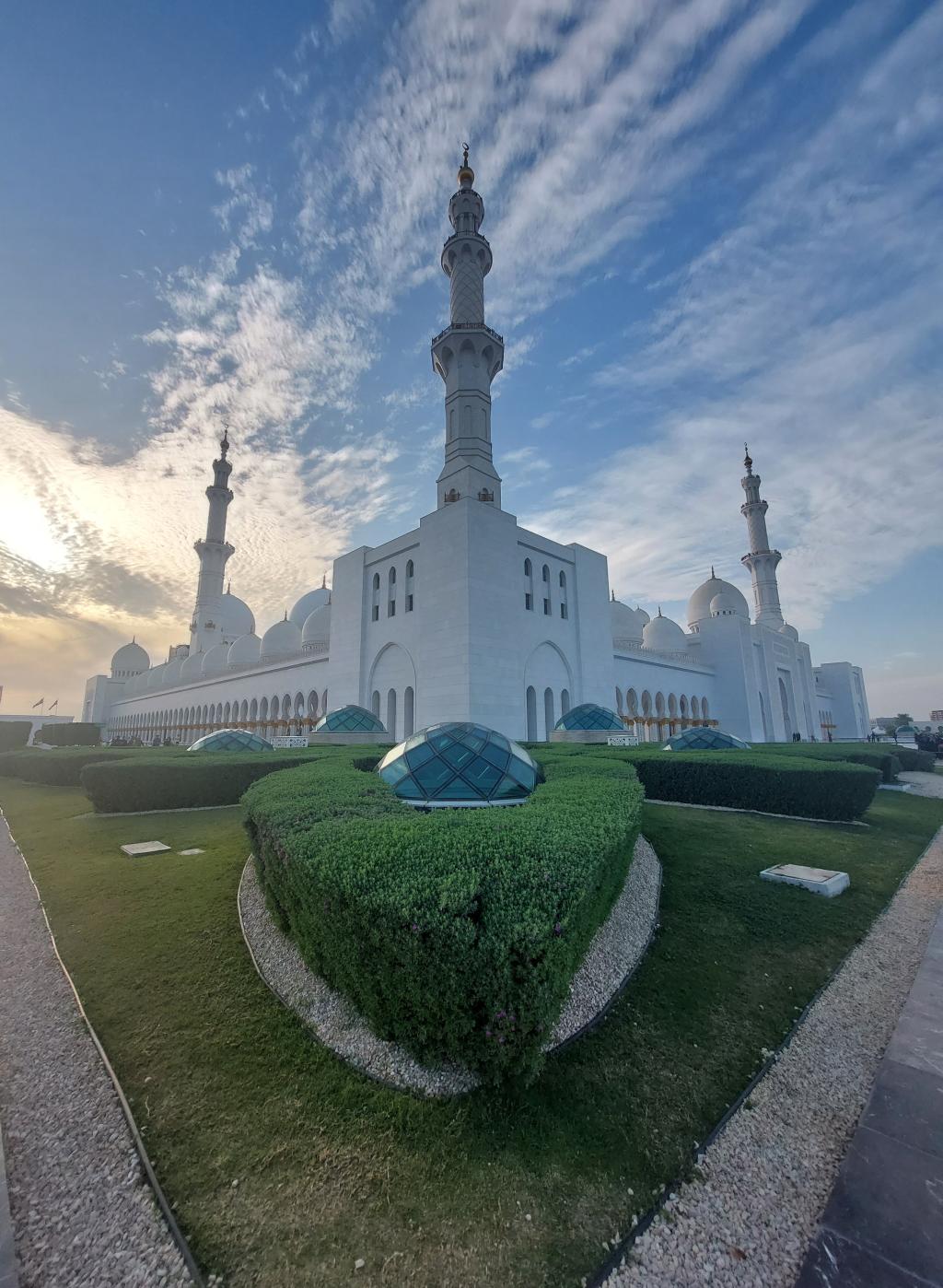
Location: Abu Dhabi, United Arab Emirates
(Abu Dhabi, United Arab Emirates) The Sheikh Zayed Grand Mosque is significant in the United Arab Emirates as it can gather up to 40,000 worshippers every Friday. It is the third-largest mosque in the world where Islamic architecture and beliefs remain preserved for people all over the world to witness. These Islamic traditions are one of the several cultural pillars of Asia, showcasing the continent's rich cultural diversity.
Photographer: Cristian BARBULESCU, Undergraduate student at Universiti Malaya
“I took this picture because I wanted to share a message of hope, peace, and openness with young university students in Asia. I wish them to share a meal with fellow Asians and those outside Asia, and to teach them about their language, traditions, and food, because these experiences and conversations will help pave the way for our generation to continue on our parents' and grandparents' legacy of global cooperation, prosperity, and peace.”
Second Prize
A distant view of Potala Palace
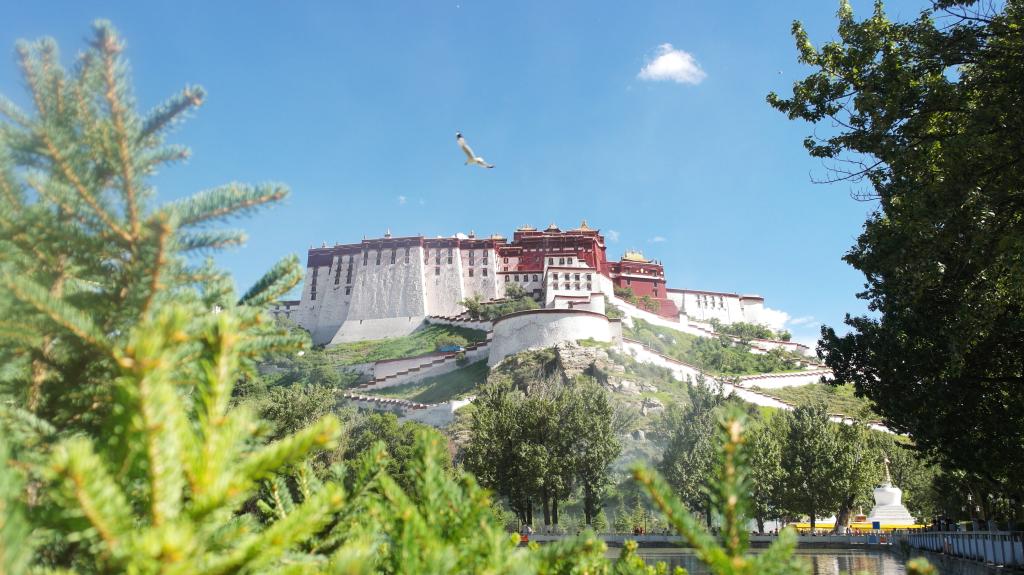
Location: Lhasa, Tibet Autonomous Region, China
Amid burning candles and incense, devout pilgrims in Tibet are performing a ritual kowtow every three steps. Mountains and rivers are meandering along, and chirping birds in the blooming flowers seem to be singing the oracle of nature. The Potala Palace, a primary Buddhist pilgrimage site, offers a breathtaking view. Built on a mountain, the Potala Palace looks even more magnificent from a distance, and its colors including red, white, and yellow make perfect reflections on the lake. The majestic palaces and gilded copper tiles make people can't help but take a closer look. And a closer look seems to bring to life the love poems of Tsangyang Gyatso.
Photographer: FU Jiayi, Graduate student at Peking University
“[The Potala Palace] is listed as a world cultural heritage, condensing the wisdom of Tibetan working people, witnessing the cultural exchange between Han and Tibetan people, and is a ‘museum of Tibetan history.’ Although the building is silent, it is a presence that transcends time and space, forever telling the history it has witnessed.”
Second Prize
Ruwanweli Maha Seya
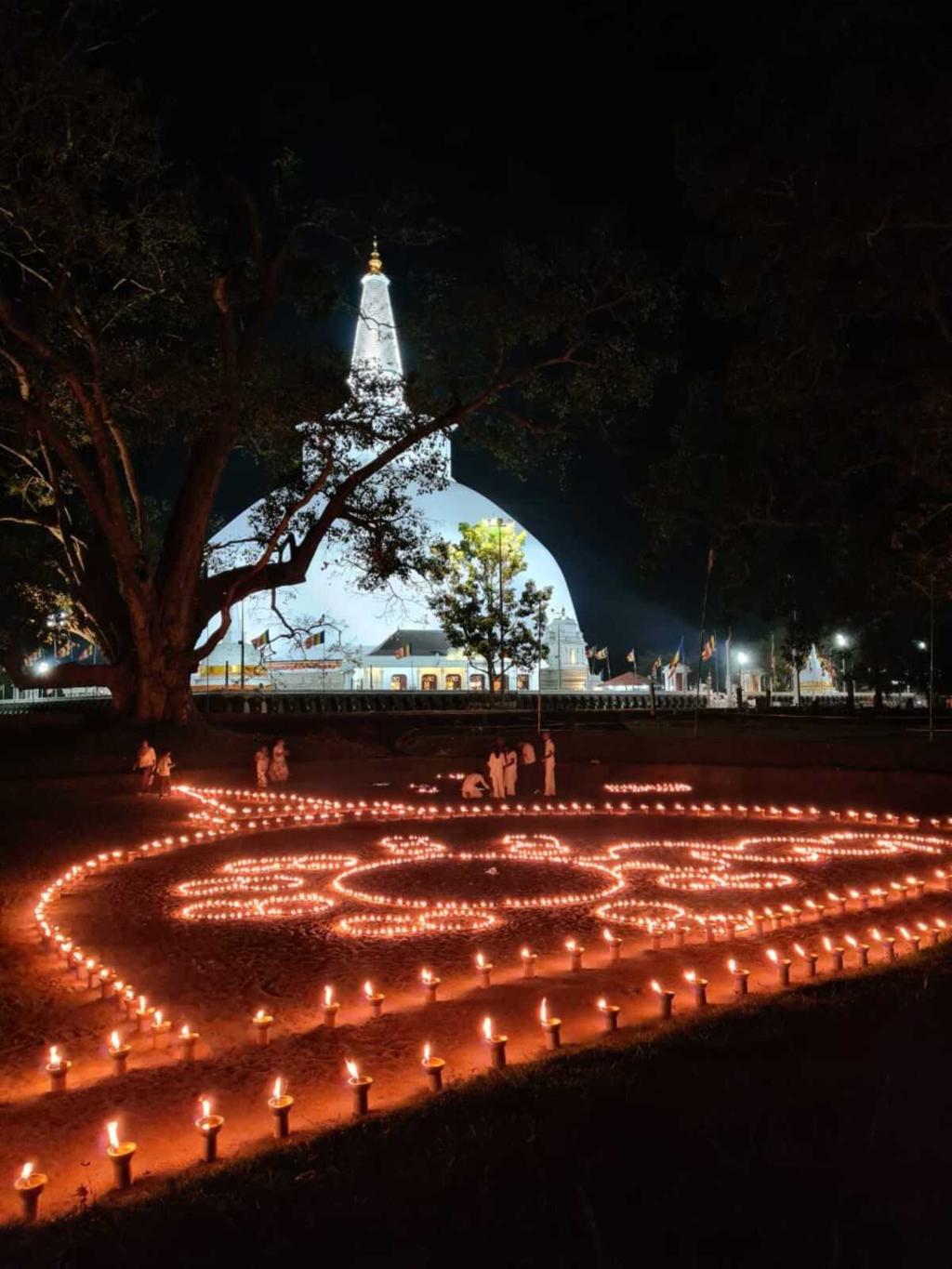
Location: Anuradhapura, Sri Lanka
This is the night view of Ruwanweli Maha Seya. The beautiful nature at night blends with the charm of the stupa Seya and the lighted oil lamps. The lit oil lamps represent how the Buddhist people respect the Buddha.
Ruwanweli Maha Seya, a UNESCO World Heritage Site, is one of the world’s tallest monuments at a height of 103 m (338 ft.) and with a circumference of 290m (951 ft.). It is situated in Anuradhapura City (one of the ancient capitals of Sri Lanka) and it is a hemispherical structure containing one Dona (or two quarts) of Buddha’s relics. It was built by King Dutugemunu (137 B.C. to 119 B.C.).
Photographer: Jayani GUNATHILAKA, Graduate student at the University of Colombo
“Cultural heritage includes architecture, art, languages, food pattern, clothing, music as well as lifestyles, different traditions, beliefs, and books of previous generations. It comes down from generation to generation and we must protect our cultural heritage and save them for future generations.”
Second Prize
The new beginning
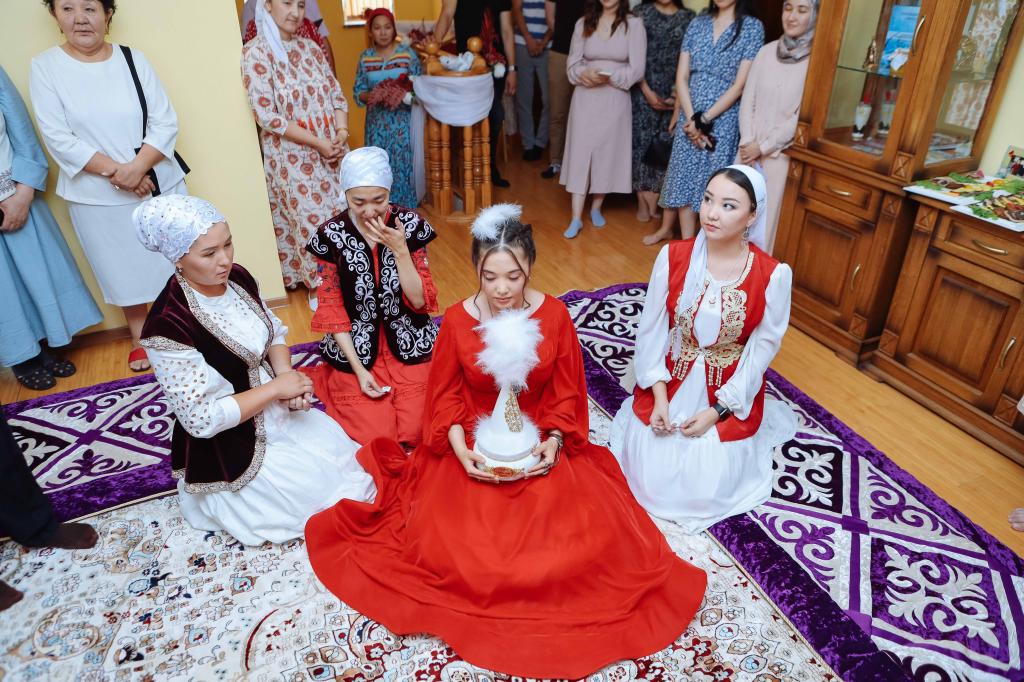
Location: Turkestan City, Kazakhstan
This sentimental photograph captures an important Kazakh tradition - the Syrga Salu ritual, or putting on earrings for the bride.
The Kazakh people pay special attention to creating a family. For our people, a marriage ceremony consists of several stages, and each stage is a separate tradition. Each of them has a deep meaning. One of these traditions is Syrga Salu.
The family members of the groom, saying their wishes to the future daughter-in-law in her ears, put gold earrings on her. They then kiss her on the cheeks or the forehead. The reason that the Kazakhs always equate their girls with gold is daughters-in-law wear only gold earrings.
Modern couples to this day adhere to this beautiful tradition.
Photographer: Akerke ISSABEKOVA, Graduate student at Nazarbayev University
“For me, this photo represents the importance of preserving cultural heritage and practices like Syrga Salu that provide a sense of continuity and connection to the past. I'm grateful for the opportunity to share this beautiful moment with you all.”
Third Prize
Colorful musicians
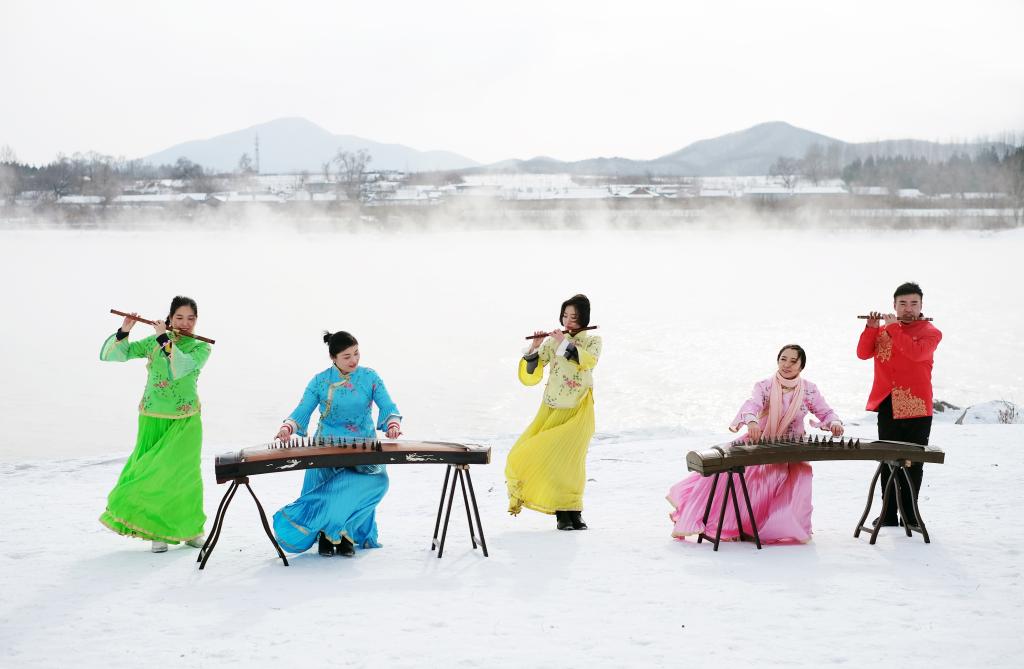
Location: Jilin, China
Traditional Chinese music is a genre of music that has a long history, stretching back to the early dynasties of China. It is an integral part of Chinese culture and has been used to accompany various activities such as storytelling, rituals, and festivals. It is characterized by a unique tonal system based on five notes that are used to create a variety of different melodies. It is a very melodic music, with many different variations of traditional songs and melodies that are still used today.
Photographer: Alland DHARMAWAN, Graduate student at Seoul National University
“Preserving cultural heritage promotes mutual understanding and respect between different cultures, broadening our perspectives and increasing tolerance. The photo serves as a reminder of cultural heritage's significance and the impact dedicated individuals can make in preserving it.”
Third Prize
Gathering of lions
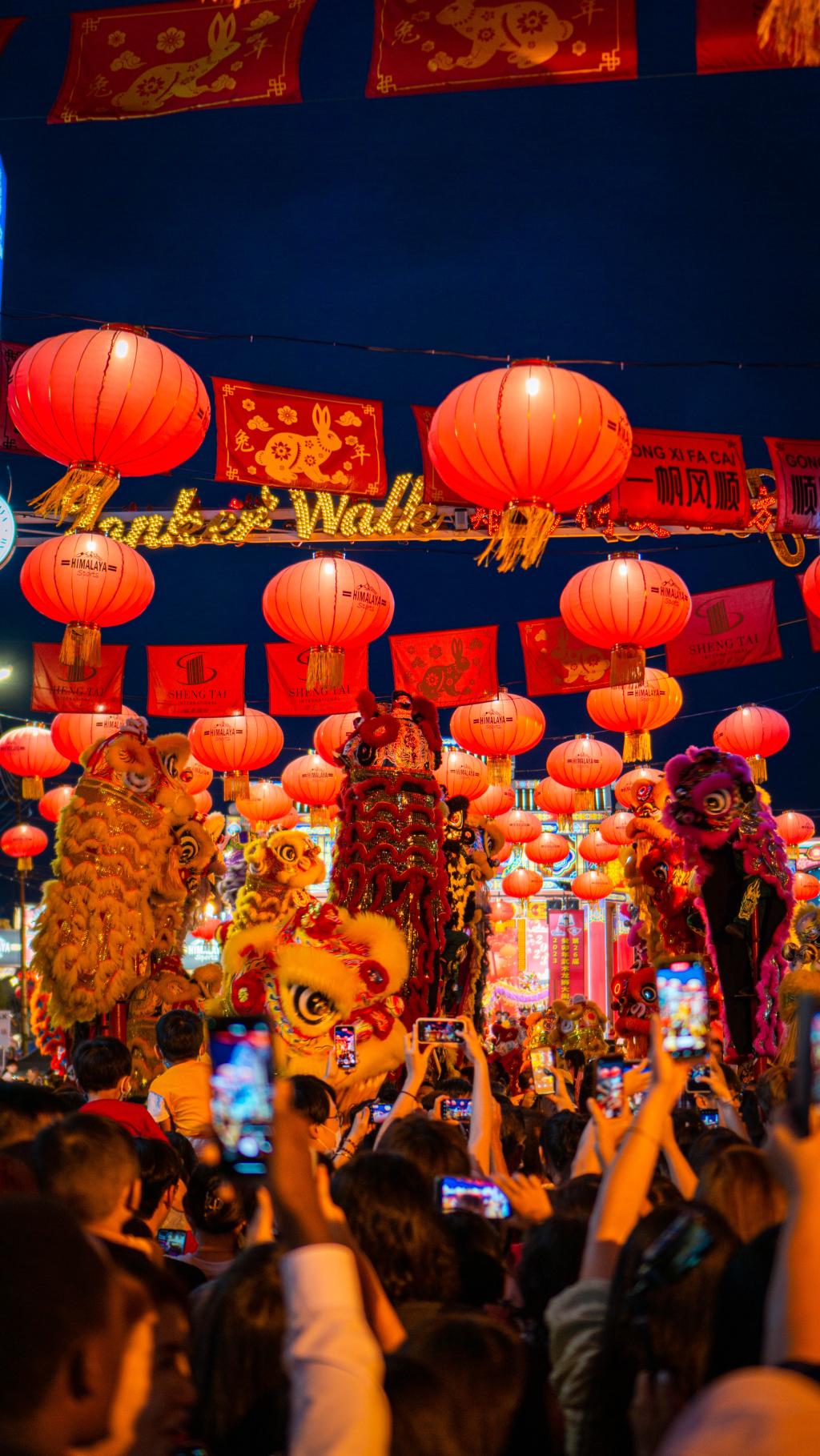
Location: Malacca, Malaysia
The origins of the lion dance can be traced back to ancient China, where it was believed to ward off evil spirits and bring good luck and prosperity.
In Malaysia, the lion dance has been adapted and evolved into a unique art form, incorporating local elements such as music, costumes, and choreography. The performance involves two dancers, one controlling the head and the other the body of the lion, moving in synchrony to the beat of drums, cymbals, and gongs.
The lion dance is not only a form of entertainment but also a symbol of cultural identity and pride for the Malaysian Chinese community. It represents unity, strength, and prosperity, and is often performed during important events such as weddings and religious ceremonies.
Despite the challenges posed by modernization and globalization, the lion dance remains an integral part of Malaysia's cultural heritage. An appreciation for the culture was held in Malacca where dozens of lion dance troupes gathered to show off their skills in the arts, allowing me to get this photo where about a dozen of them were standing on their posts.
Photographer: Chee King NEOH, Undergraduate student at Universiti Malaya
“I think cultural heritage is important as culture is our identity and how we the people got shaped into the people we are today. By preserving it, we can better understand history as well as ensure that future generations have this knowledge and learn from it.”
Third Prize
Ink-washed Hongcun Village
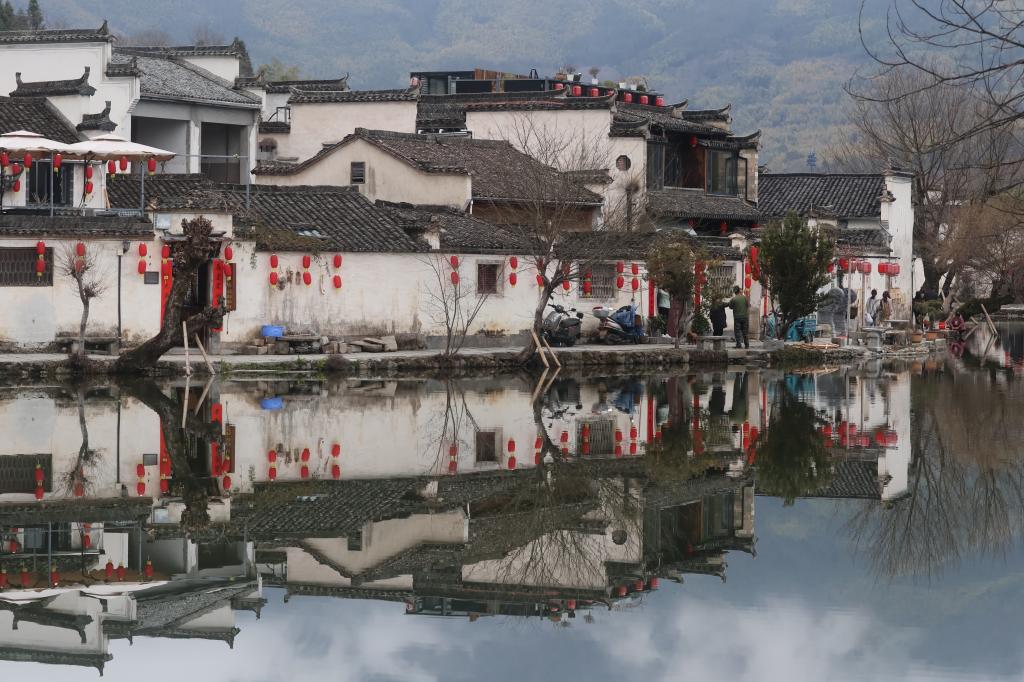
Location: Hongcun, Anhui, China
Water is the soul of Hongcun Village. In ancient times, water brought prosperity to Hongcun Village, and nowadays, water is the source of beauty of Hongcun Village. White walls and black tiles are reflected in the calm lake. The reflections of tourists are the only clue for us to distinguish between the real world and the reflection. Waters, reflections, and skies merge in the lake. What a sight to see!
Photographer: LI Xiang, Graduate student at Peking University
“It has been important to protect the water system of Hongcun village for thousands of years to inherit the spirit and culture of the heritage.”
Third Prize
My love for the wind and moon of West Lake
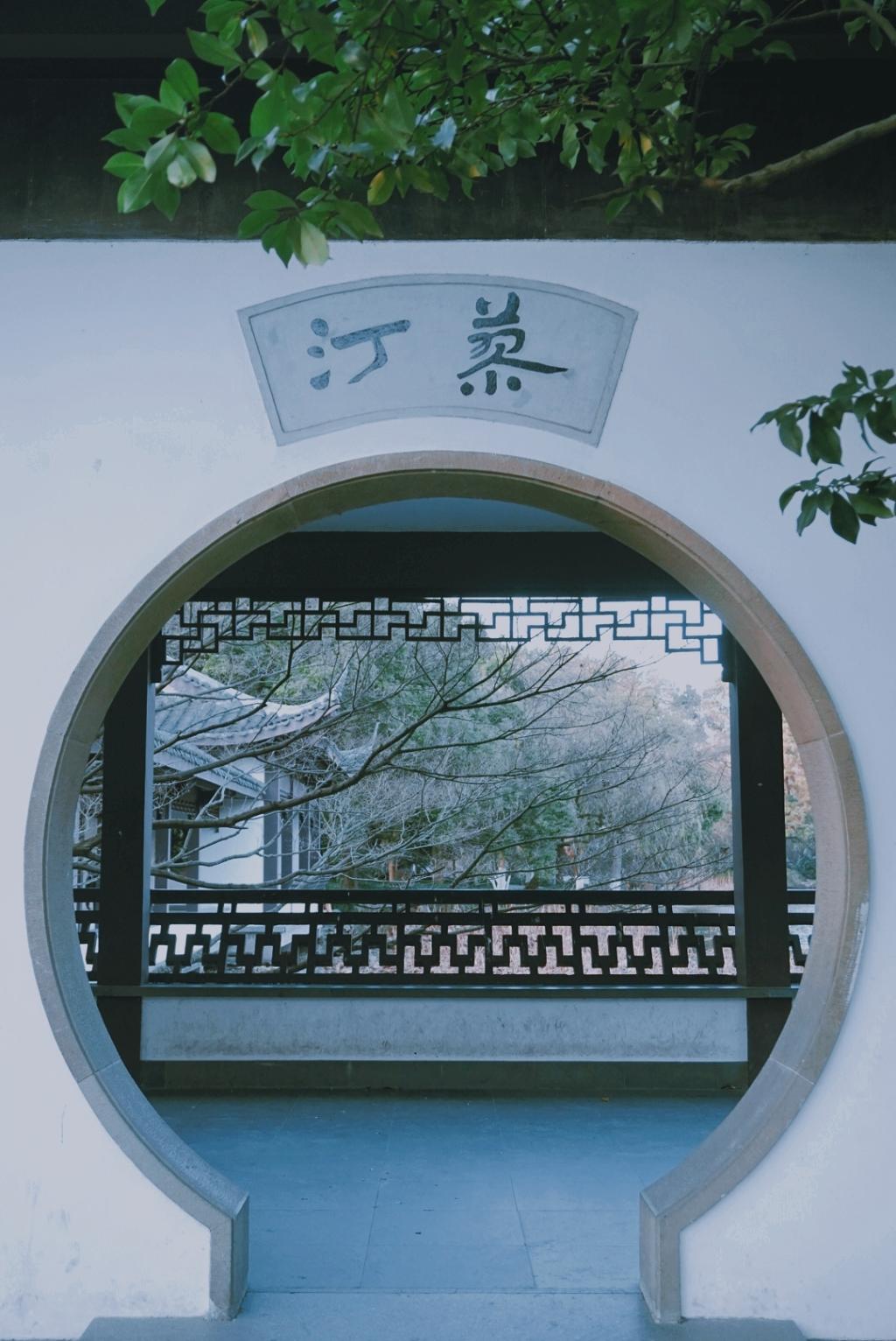
Location: Hangzhou, Zhejiang, China
Jiangnan embodies the elegance of ancient Chinese culture, while Hangzhou epitomizes the refinement of ancient Jiangnan culture. Hangzhou, which inherits the most elegant part of Chinese culture, is home to three World Cultural Heritage Sites, West Lake, the Grand Canal, and Liangzhu. The tranquil landscape, the chirping cuckoos, and the drizzling rain together make for the gentle temperament of calmness and elegance of Hangzhou. As Su Shi wrote, “I had been to Hangzhou, and everywhere I visit, the scenery remains the same as in the old days.” I was fortunate to stay in Jiangnan for some time, and I took this photo to show my love for the wind and moon of West Lake.
Photographer: LIU Chenhao, Graduate student at Tsinghua University
“Each of these combined works of nature and man has its inherited particular place and view for appreciation, whether be it a historic site or a natural scene. They together demonstrate a series of themes for enjoyment and emotional association.
Third Prize
Striking the iron flower
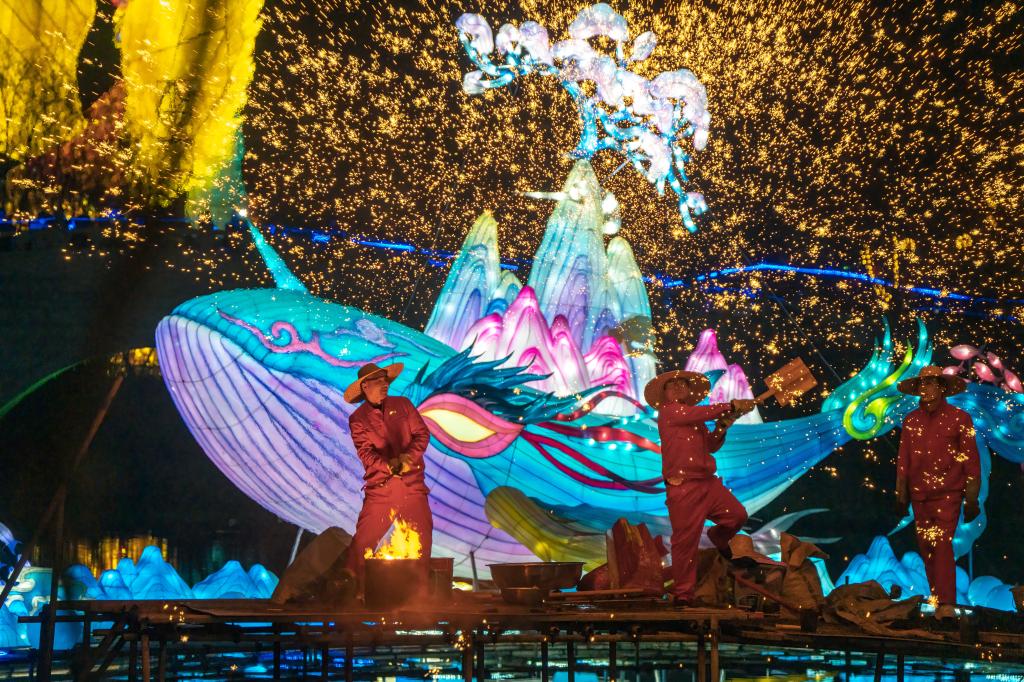
Location: Qingbaijiang, Chengdu, Sichuan, China
“Striking the iron flower,” which is inscribed on the national list of intangible cultural heritage items of China, is a folk cultural performance art discovered by ancient Chinese craftsmen in the process of casting vessels. The art, which started in the Northern Song Dynasty and flourished in the Ming and Qing Dynasties, has existed for over 1,000 years. On the first day of the Chinese New Year, I had the privilege of watching the performance of “striking the iron flower” in my hometown Qingbaijiang, Sichuan. The performance took place in the middle of a lake. There were so many spectators that I had to stand on my feet and raise my camera above my head to record this splendid moment.
Photographer: ZHONG Hao, Graduate student at Tsinghua University
“In my opinion, cultural heritage is the crystallization of our ancestors' wisdom. It is not only of great significance for studying the evolution of human civilization but also a common cultural asset of humanity that plays a unique role in showcasing the diversity of world culture.”
Third Prize
Modern Kazakh culture
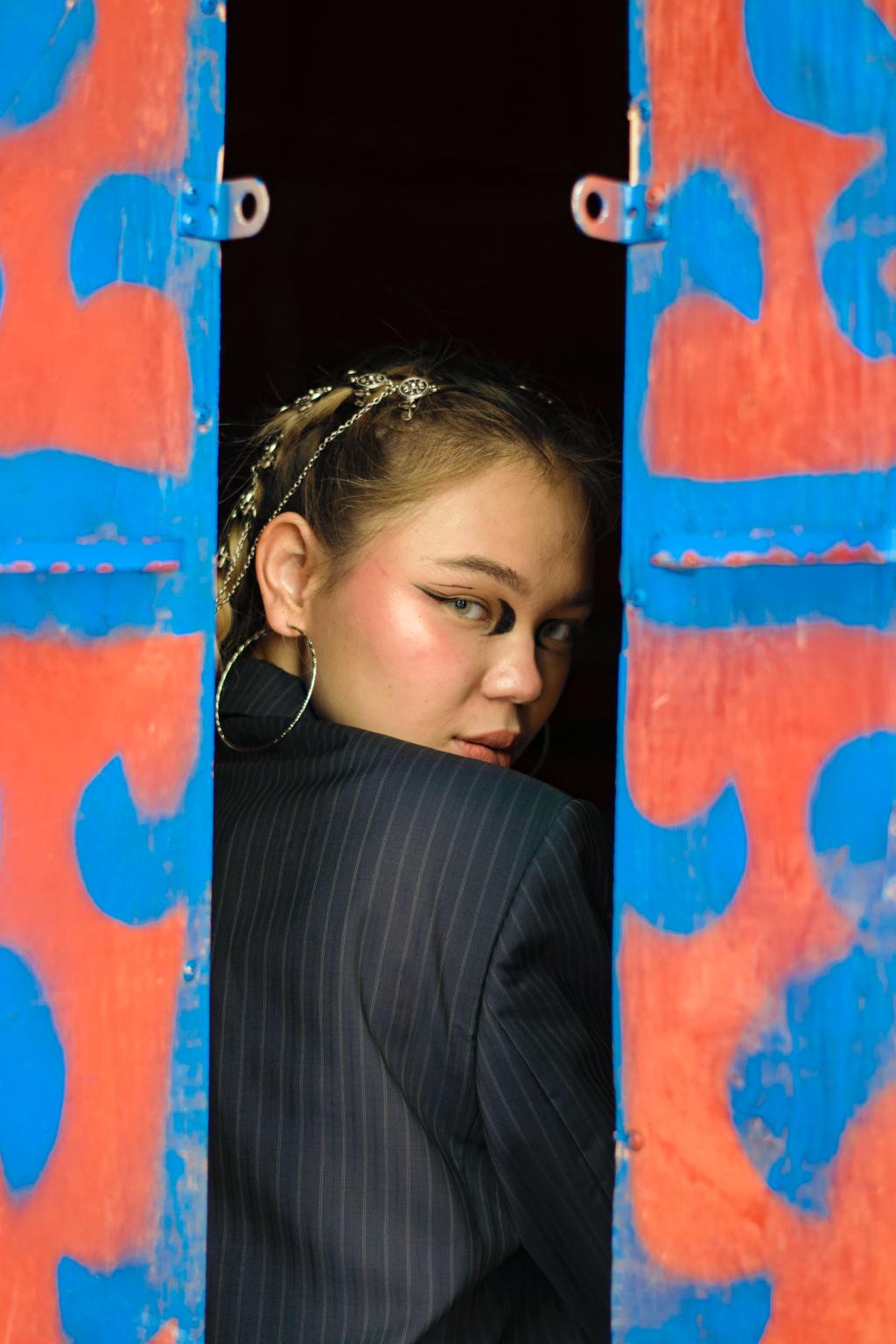
Location: Astana, Kazakhstan
This photo results from teamwork with Asel Khairzhanova as an art director, Aiym Zhumabayeva as a photographer, and Lashyn Makash as a model. We were inspired by our Kazakh heritage, in particular, Kazakh jewelry. We aimed to link modern fashion with the traditional one to show how old can work with something new. For that, the model is wearing a modern suit with stripes and ring earrings, representing fashion trends nowadays. In contrast, she is also wearing “Shashbau,” traditional Kazakh hair accessories that our ancestors used to wear. There is also a door of the yurt with its traditional red and blue colors, symbolizing our ancient history. The make-up of the model is simple, with the focus on the eyes where we drew sharp lines and a crescent, which is essential in Kazakh culture as it represents beauty. Overall, we portrayed the image of a modern Kazakh girl who respects her heritage because, for a long time, it had been forgotten and hidden. However, now, we see the rebirth of our traditional clothes and accessories.
Photographer: Aiym ZHUMABAYEVA, Undergraduate student at Nazarbayev University
“Our team came up with the idea last summer for a photo shoot as we were inspired by the recent revival of Kazakh culture in our daily fashion.”
Honorable Mentions
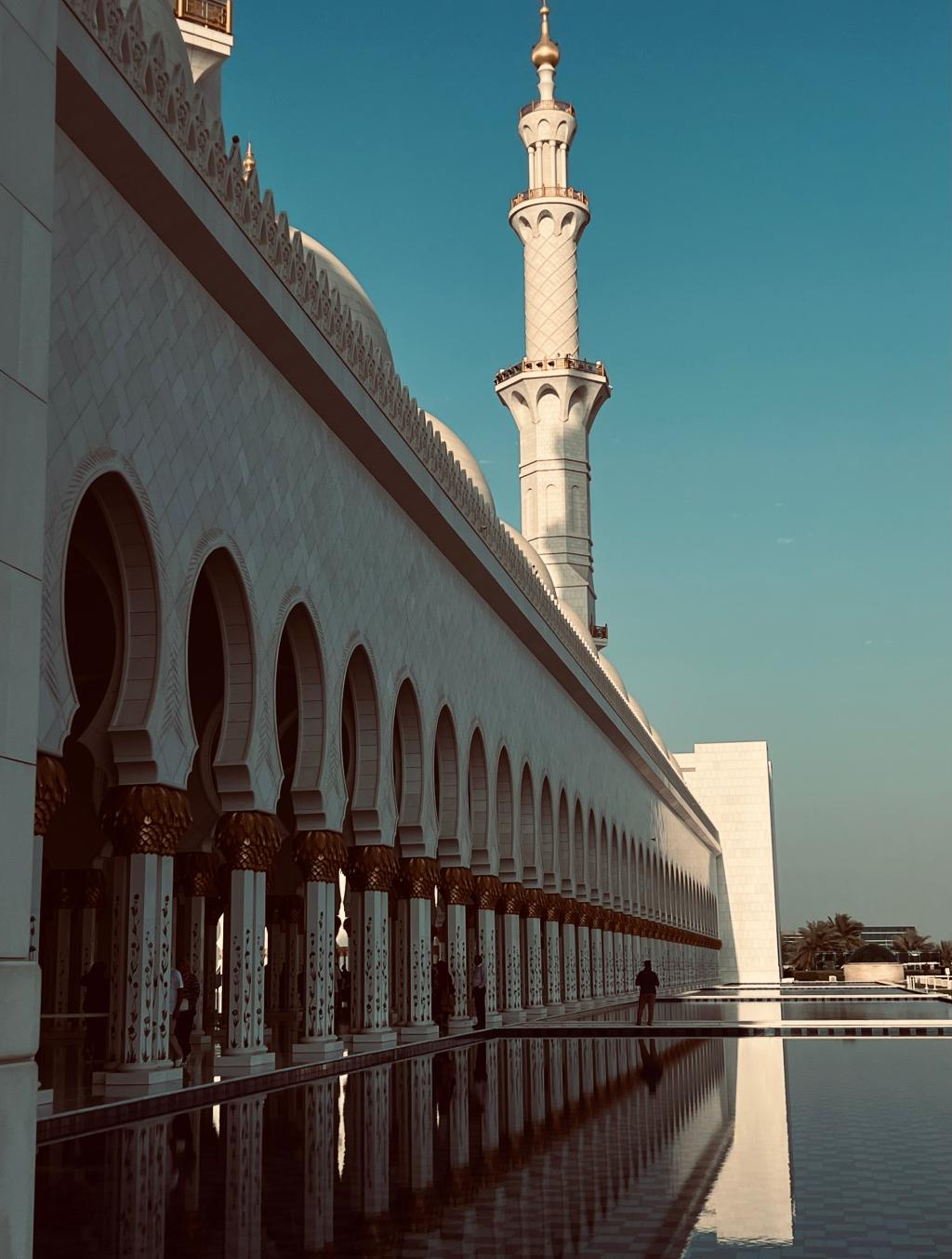
“Sheikh Zayed Mosque” by Mishari ALSHAWI, King Saud University
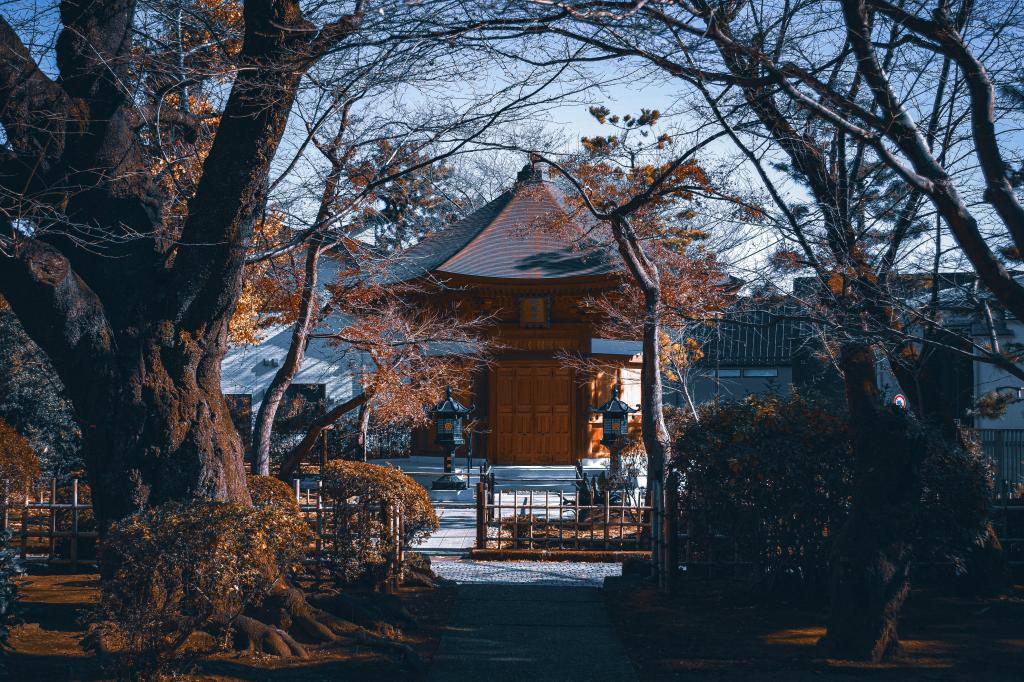
“Late autumn in Gotokuji” by Prittam GOSWAMI, The University of Tokyo
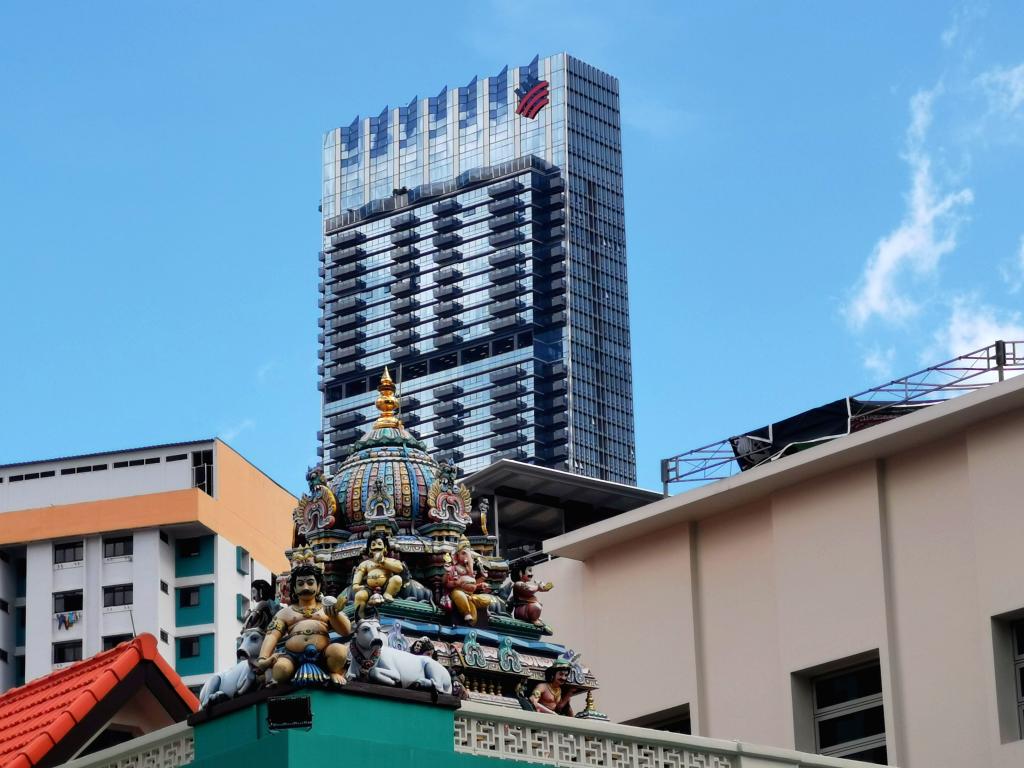
“Conviction Civilization Creation” by LI Jingyuan, National University of Singapore
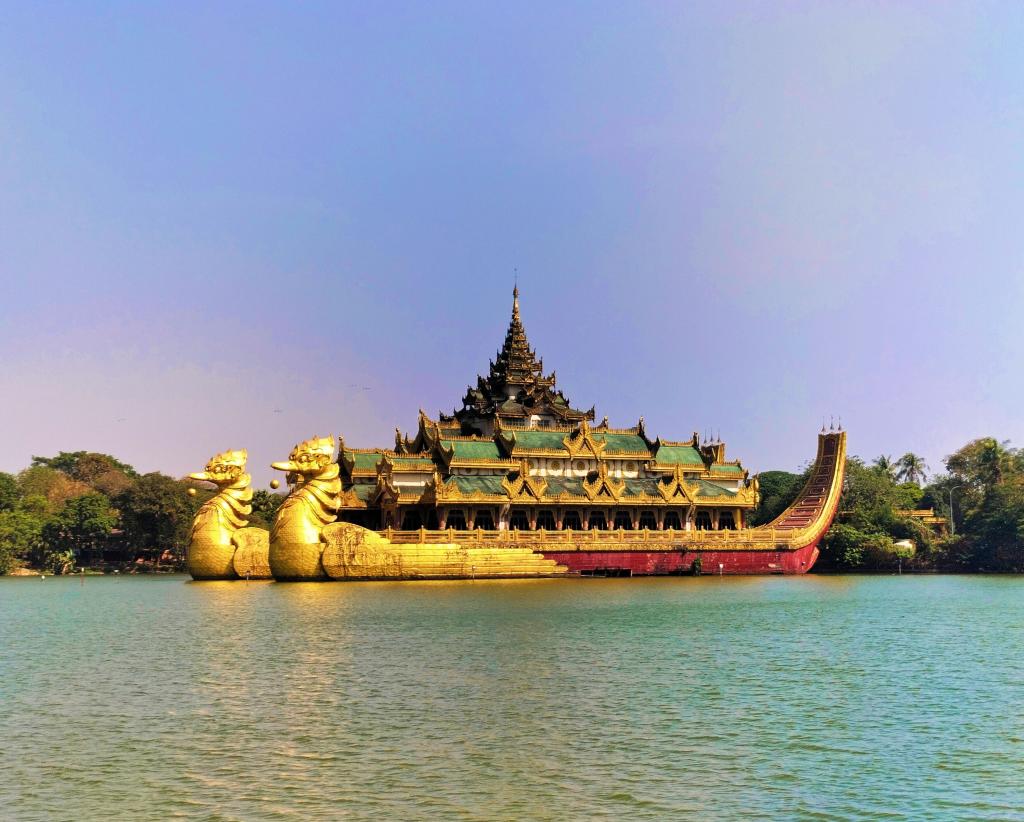
“Karawek Palace” by Ei Pyae PYAE KHIN, University of Yangon
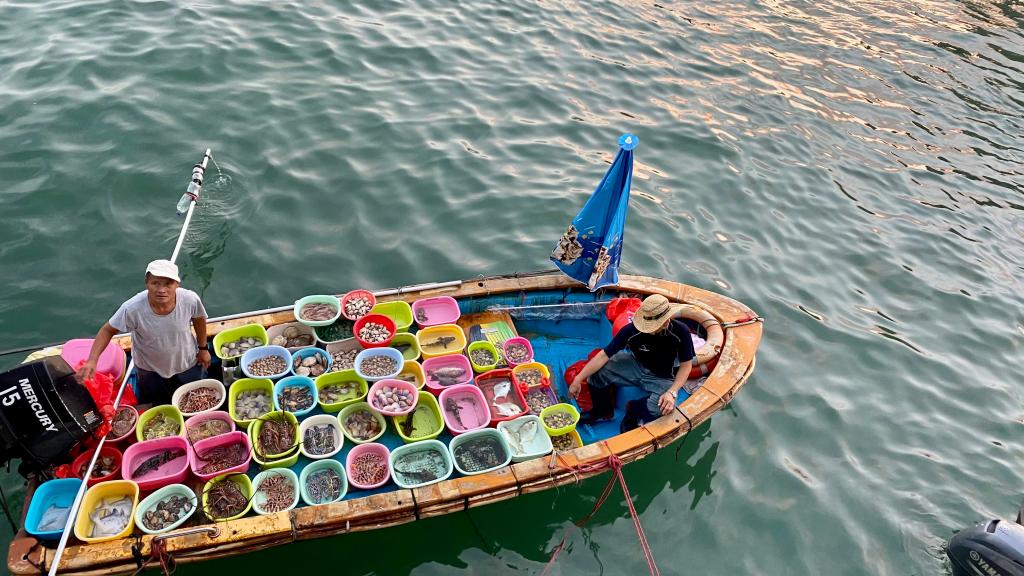
“The colorful boat” by Ali SAFARI, The Hong Kong University of Science and Technology
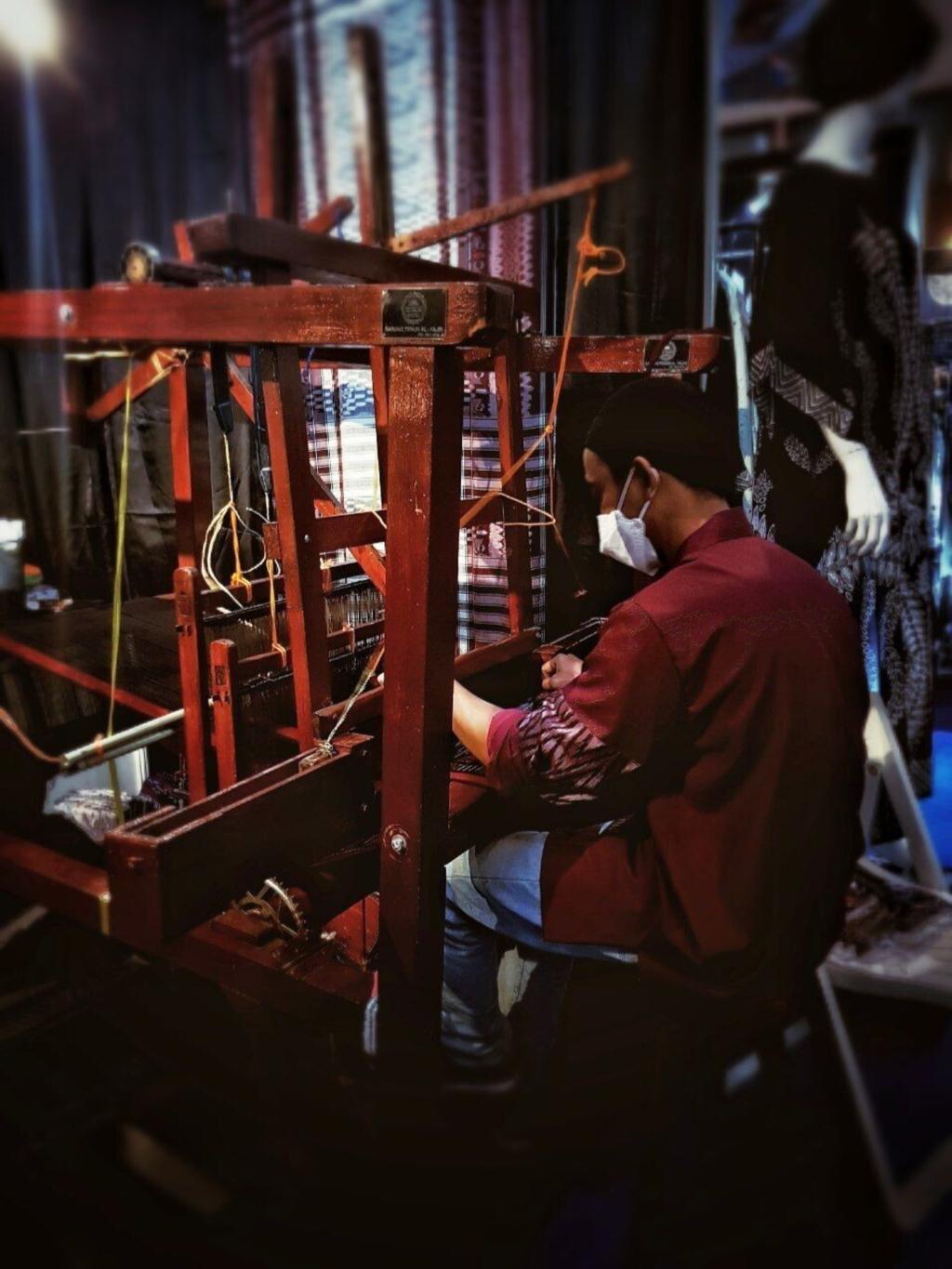
“Goyor sarong weavers” by Aisyah SALVANY, Universitas Indonesia
Congratulations to the winners!
Stay tuned for news about the AUA Splendor of Asian Cultural Heritage Photo Exhibition!
Written by Alena Shish
Edited by Yuan Yang
